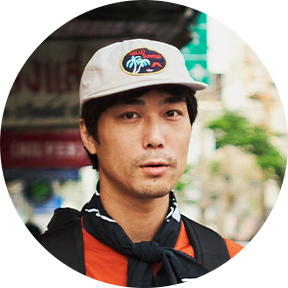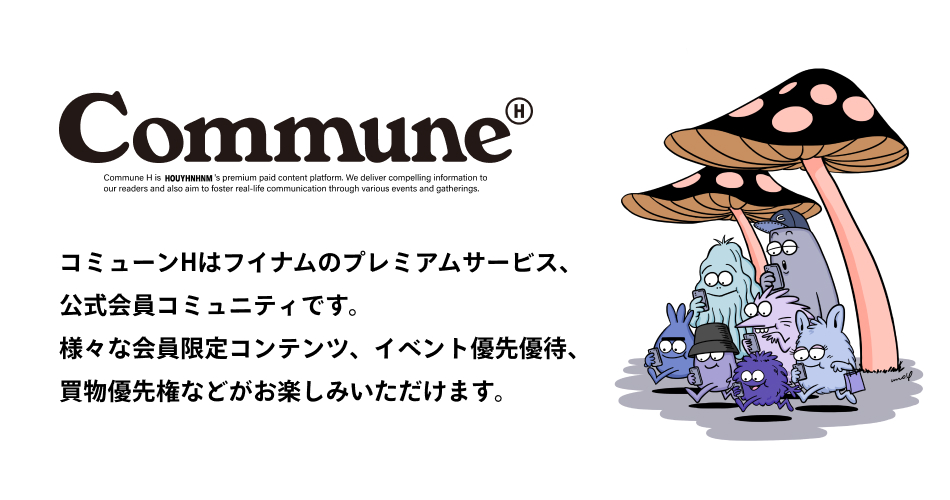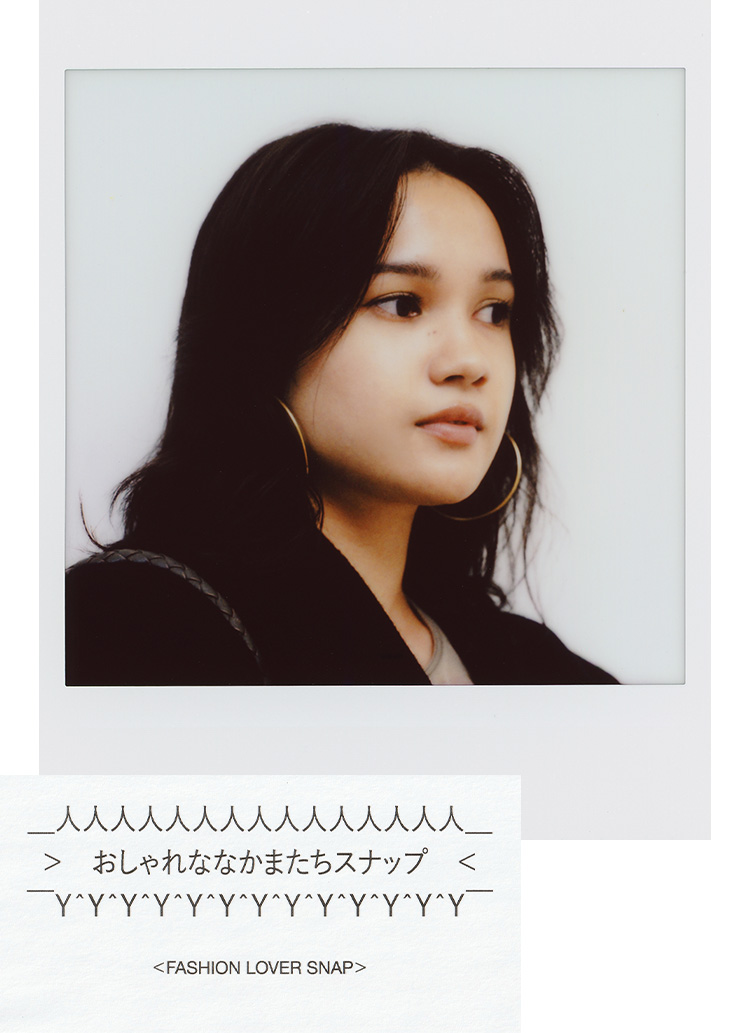. more essential than logo design.
What made you start supporting Oita Trinita?
Seinaga:This may sound a bit naive, but I thought that if I could make a little money from F.C. Real Bristol, I should give back to the soccer world what I have made from soccer. In a way, this is my way of paying back taxes (laughs). (Laughs) Doing this kind of thing gives me a guideline, and it also gives me mental strength. Just being a sponsor of Oita Trinita purifies my mind.
Toba:. I think it's about purpose and means. The goal is not to make money or create a brand, but to develop a brand that will actually connect what you want to do with what you want to do for others, or to make money as a means to achieve a vision for the future.
Do you give design advice to Oita Trinita?
Seinaga:. we were not designing uniforms. But, as with any creative for a team, there is marketing for each size of city: some cities have over a million people, while others, like Oita, have 400,000. . In Oita, I don't think the design should be too urban and cool for grandparents to follow. For example, it would be better to have posters that look like professional wrestling (laughs).

Seinaga:As a fashion designer, I get asked for advice on uniform design, and I often tell them that it's not about the design, but that the uniform looks cool because the team is strong. Even if you look around the world, "Real Madrid" is a simple pure white, and "Manchester United" is a simple red. . it is more important to design the whole team.
Toba:Super understandable . Design is often seen as a visual output, but we need to talk about brand design in the true sense of the word. Thinking about what the team should be and the size of the logo on the uniform are two completely different things, and the former is more important.
I was impressed by the idea of designing a building that matches the city it is located in.
Seinaga:After all, if you don't get along with the locals, they won't support you. It is no good for outsiders to just show up and do something. We went to Fukuoka, became friends with them, and only after they lent us their soy sauce did they recommend KIYONAGA&CO. In my case, my first goal was not to open a restaurant, but to live in two locations, one in Fukuoka and the other in Tokyo. After a year in Fukuoka, as I got to know everyone better, I wanted to do something interesting in this city with these people...in terms of art, with KYNE and others, and I started the store because I thought it would be nice to have a box that would serve as a catalyst. I know it sounds very pretentious (laughs).
Toba:. I don't mean to lift you up, but I think that kind of context of Mr. Kiyo's was not well known. . I would be happy if even a little of that aspect of Kiyo-san's work is conveyed in this dialogue. Also, Kiyo-san is a really meticulous person, and I think that is one of the reasons why he has been able to continue his brand for so long. People who are rough around the edges tend to neglect communication with those around them.

Speaking of the relationship between a restaurant and its location, food ingredients, and by extension, food, also have a strong relationship with the local area.
Toba:This year, I cooked on a trip for "Hotel's" "Tabi" project. When I thought about what I could offer to the local community, I realized that going inside is one way, but there is also a way to communicate the value of the area from a certain distance. We are also working with Saga Prefecture, but rather than saying that it is Shusaku Toba's restaurant, we are supporting a restaurant run by people in Saga. It is a kind of creative director-like involvement, like Kiyo-san's. . The people who produce these delicious, life-changing lotus roots are not aware of their value, partly because they are a symbol of the local area. It is such a waste, and I want to change that.
Seinaga:The same is true of Japan vis-à-vis foreign countries, and Kyushu vis-à-vis Japan, but they just keep bringing it, and there is no one to take it. I don't think you should sell the city to the countryside, but sell the countryside to the city.
Toba:You are absolutely right. Destination restaurants are the first of their kind, but they are aimed at city dwellers, so they do not help people in rural areas to become self-reliant. We want to help people in rural areas to become self-reliant. We want to achieve this in the food industry, not in the short term, but in the medium to long term.
Seinaga:. If one looks at it, the regions are a treasure trove.
Nice story .
Toba:People who are busy with what is right in front of them never think about what lies ahead, but people like Kiyo-san, who have more time on their hands, have a broader perspective. Following his example, I too have started to "blind touch" and look 5 years into the future, rather than just what is in front of me. I think that a president talking about his vision is more about what he wants to be in five years than about daily sales. . It is not about saying, "If we work hard here, we could have gotten one more thing. Clothing is the same way. If you look at it as a "point" of fashion, you are talking about fads and fashions, but if you look at it as a culture, it becomes a context. It is the same with food: a la carte is a point, but when it becomes a line, a course, the context appears and the value of the experience becomes higher.


![TBSJ] Hito Recipe.Recipe 2: Hirofumi Kiyonaga, Oita's specialty, Toriten (chicken tempura) and soccer.](https://www.houyhnhnm.jp/wp-content/uploads/2022/11/panel2-2-1.jpg)

![TBSJ] Hito Recipe.Recipe3 Masaru KasamatsuThe passionate story of two people with their eyes on the world and crispy chicken steaks.](https://www.houyhnhnm.jp/wp-content/uploads/2023/03/tbsj3_2400_1350-1-700x394.jpg)
![【TBSJ] Human recipe.Recipe 1 Tsune Nagasaka (Schema Architectural Project) Biryani is a dish to eat in the evening over a beer on the riverbank.](https://www.houyhnhnm.jp/wp-content/uploads/2022/08/panel2-2-700x394.jpeg)





